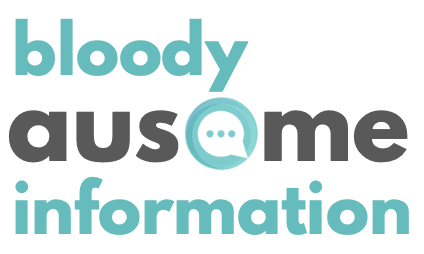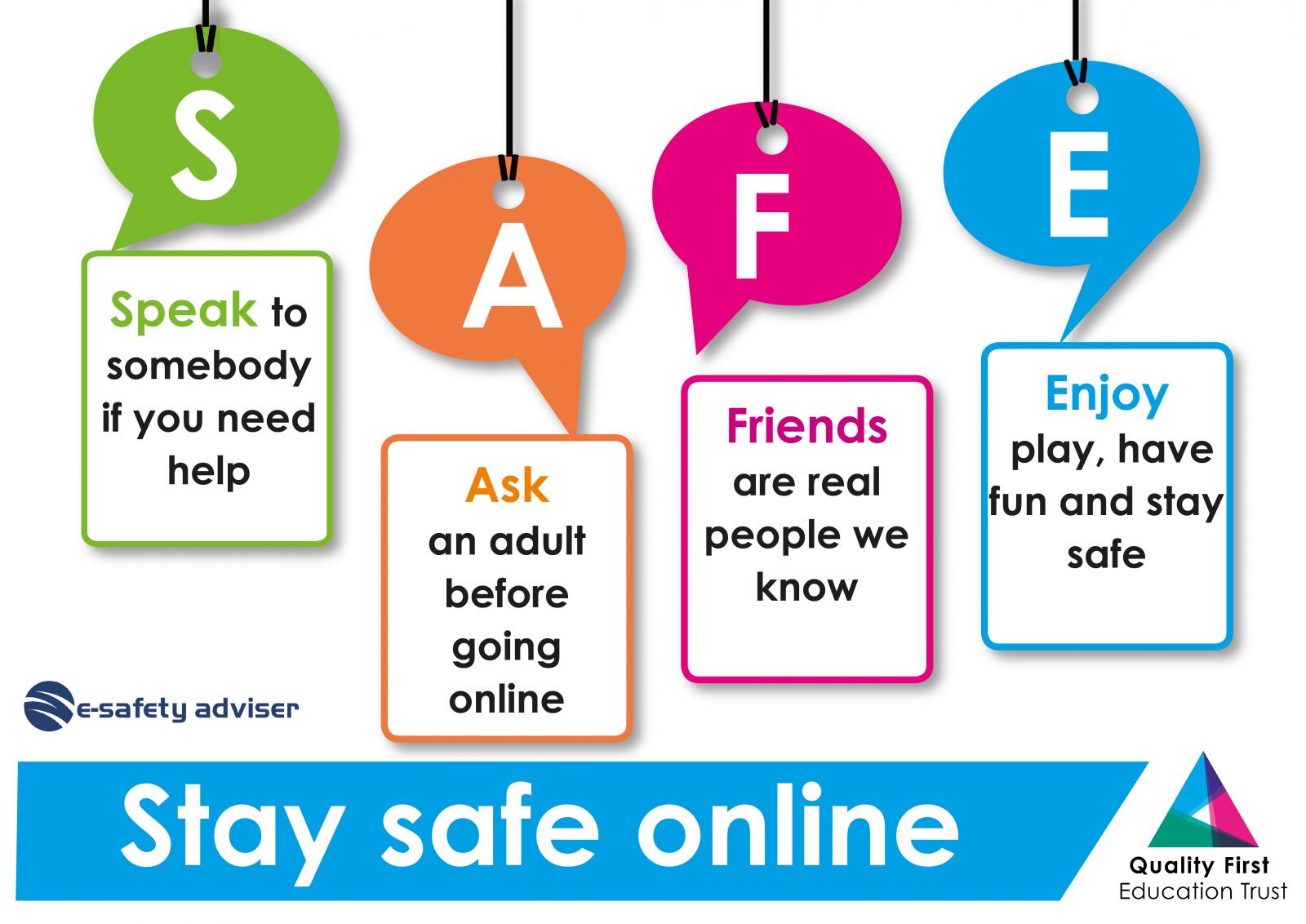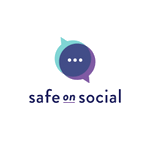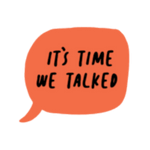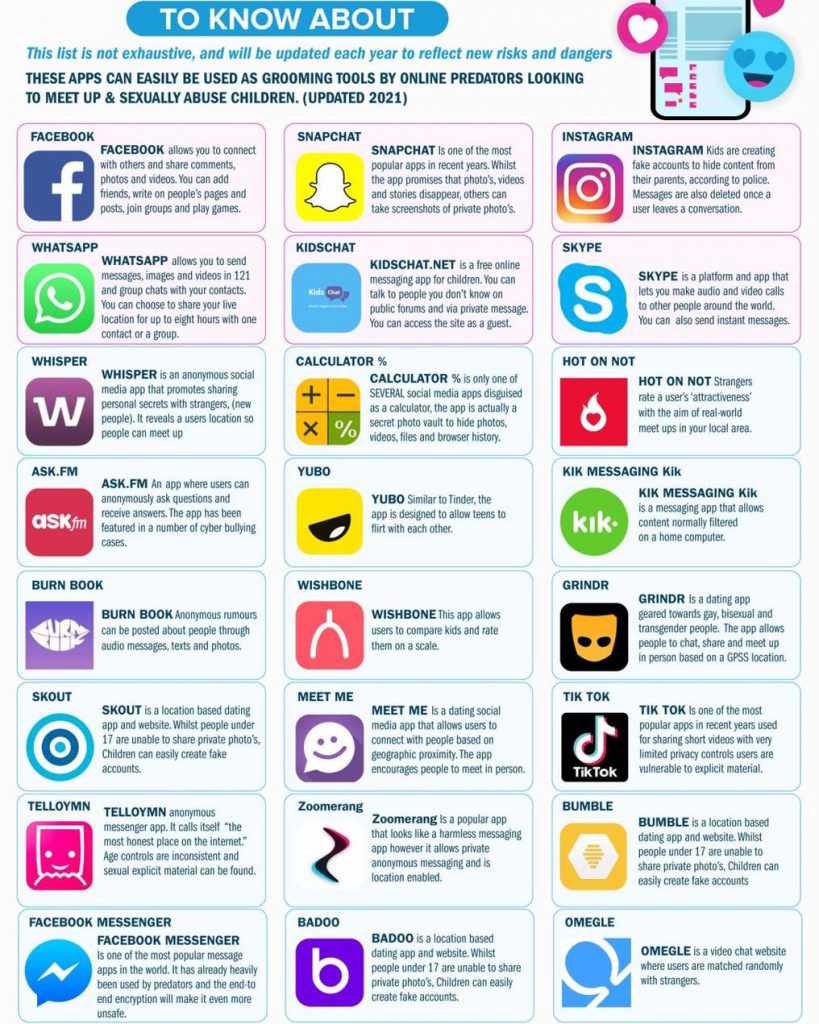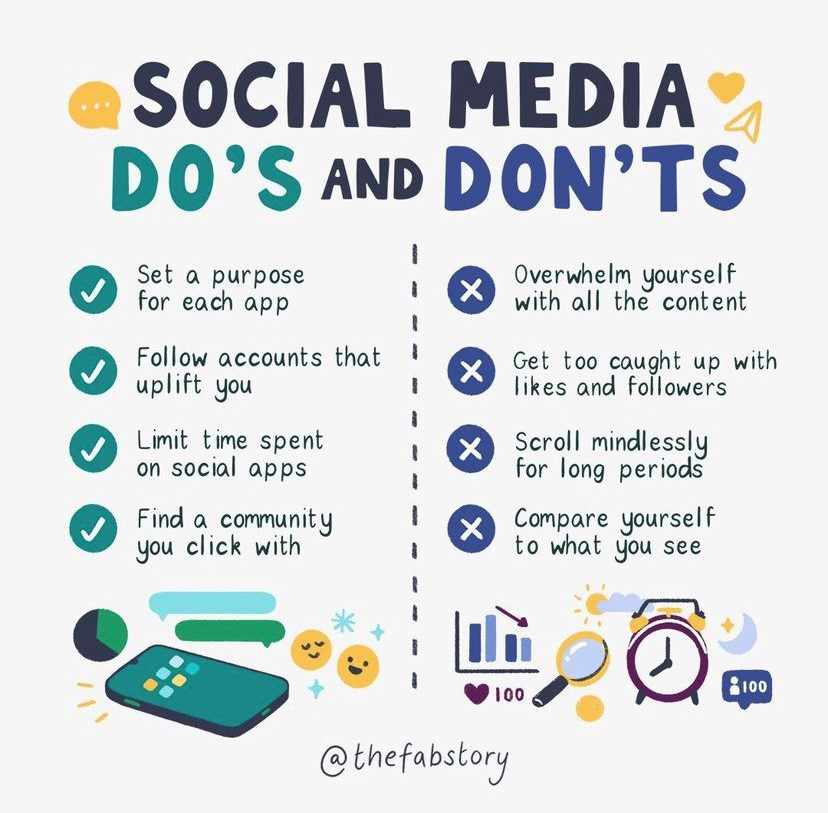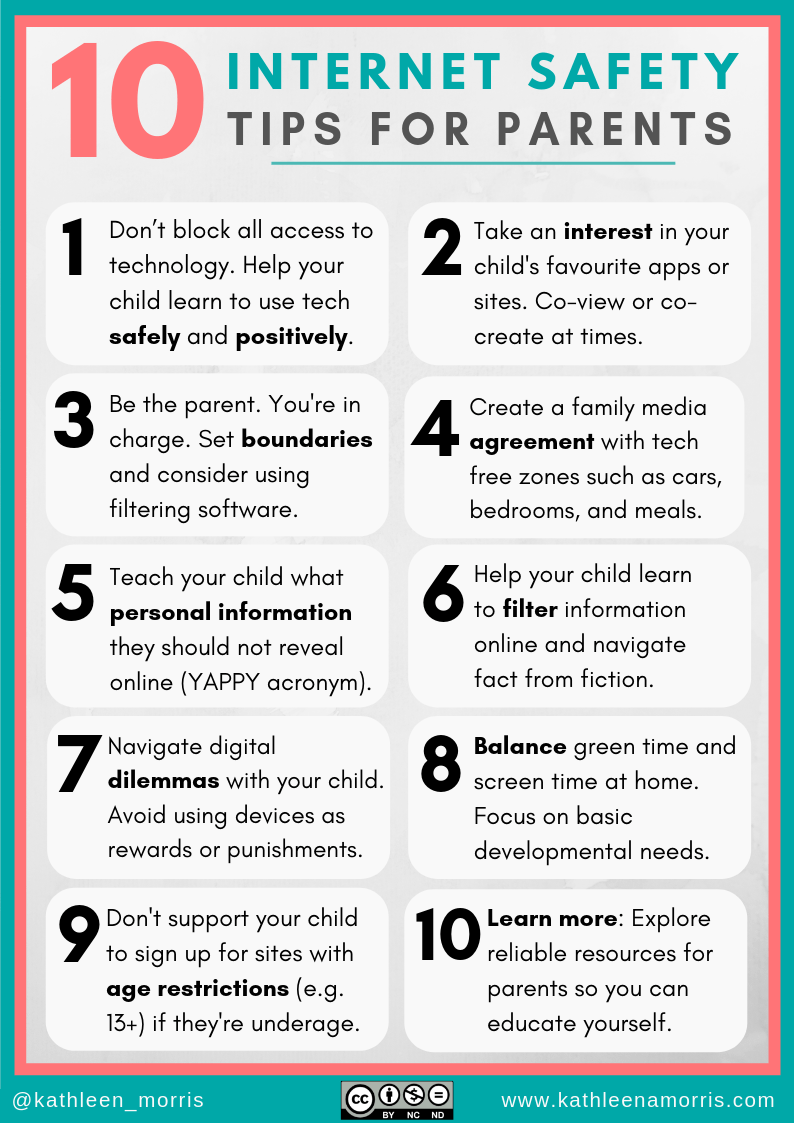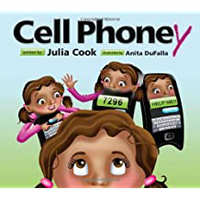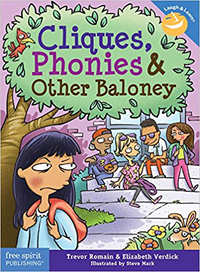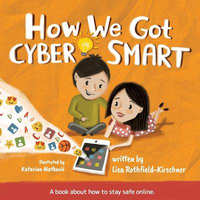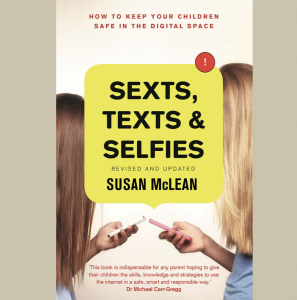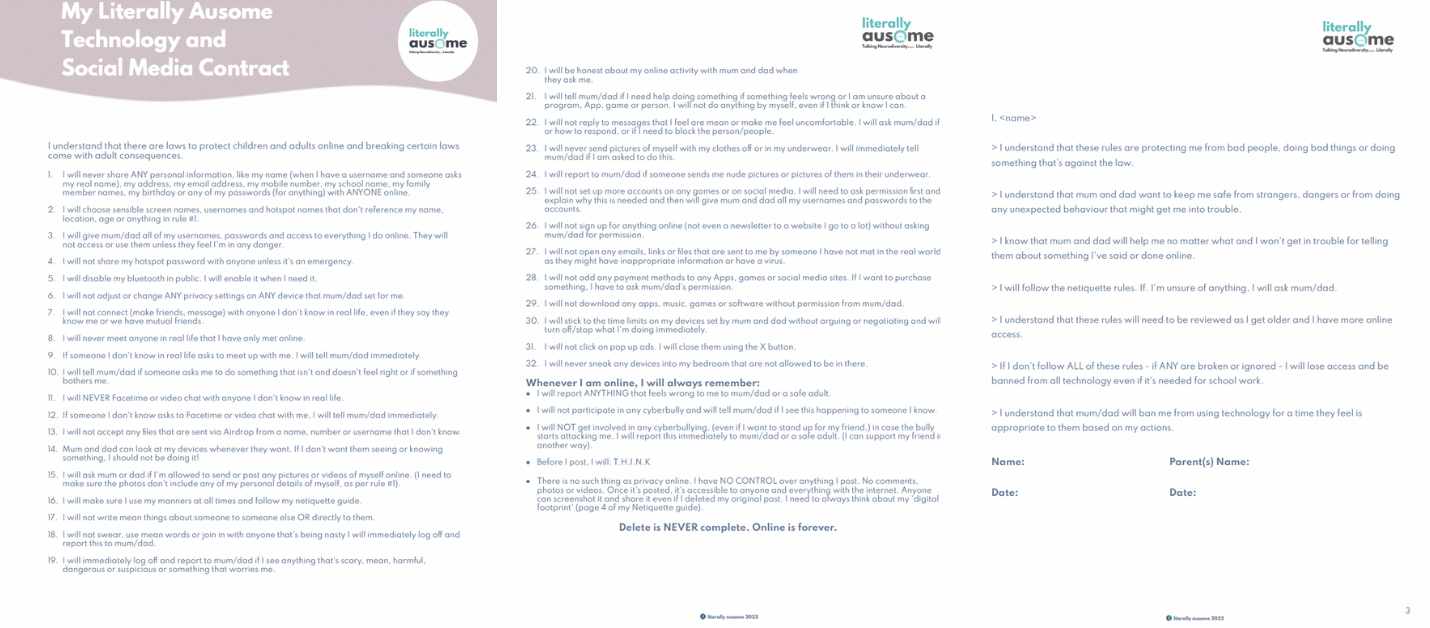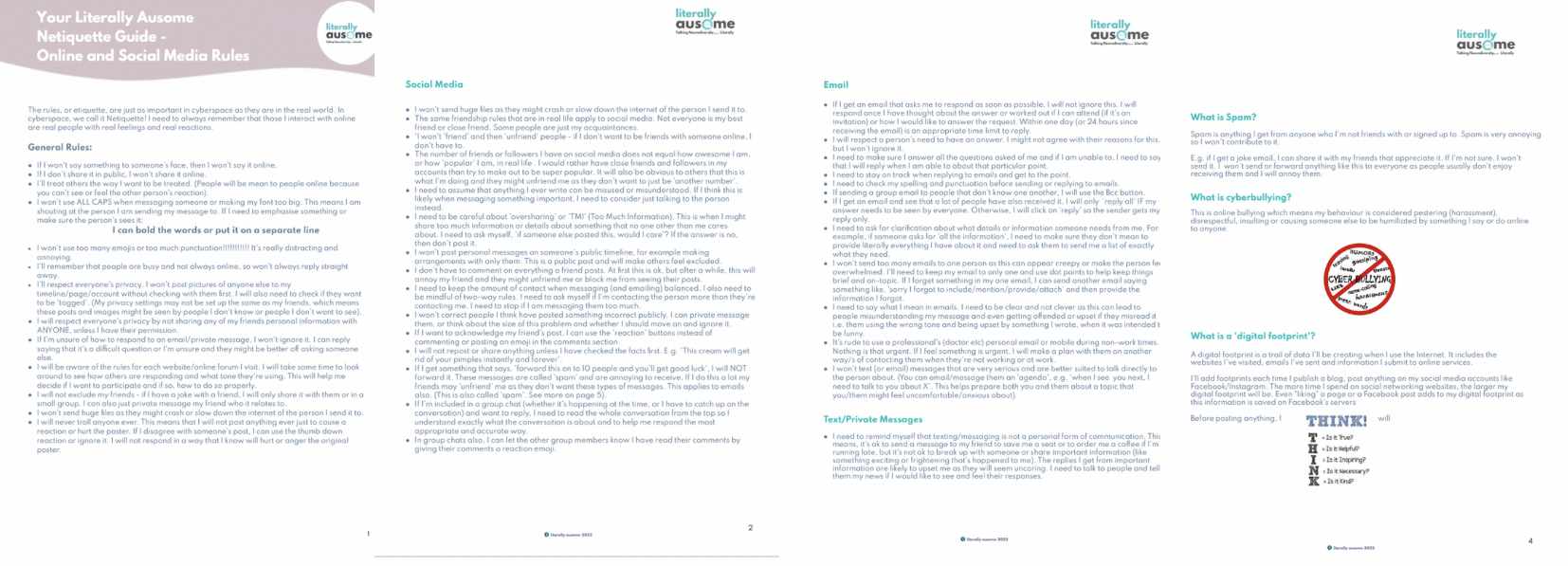What is Social Networking?
Social networking is a method of communication with people through online platforms such as Facebook, Twitter, WhatsApp, Instagram, Pinterest, Snapchat and TikTok.
Over the years, social networking has become an important part of life for both adults and teens. The popularity is due to the ability to meet the needs and interests of a vast majority of people. For teens, it's also a way to socialise with friends, by sharing the latest events, photos and videos.
The Impact of Covid Isolated / Remote Learning and Early Adoption
Covid lockdowns, isolations and remote education have changed the way we use and rely on social media and online chat/video platforms and arguably made the adoption of these platforms earlier than parents anticipated and were prepared for.
Children have been 'forced' to be active online for social connectedness and for their schooling and many parents were ill-equipped or didn't consider the safety impacts and considerations due to the immediacy and crucial nature of access.
The combination of children's curiosity, their tech-savvy-ness and boredom has blurred rules and regulations for families around access, platforms and so much more.
Despite all of the pressures from children being permitted to access certain platforms prematurely in order to remain connected to their peers, it's never too late to introduce measures that protect your children online.
Resources from the Australian eSafety Commissioner
- Anonymity and identity shielding - allows a user to hide or disguise their identifying information online. While this protects their privacy, it can make it difficult to hold them responsible for what they say and do online.
- Immersive Technologies - i.e. augmented reality (AR), virtual reality (VR), mixed reality (MR) and haptics which can be another avenue for cyberbullying, grooming children for online sexual abuse, and image-based abuse (sharing intimate content of someone without their consent, including sextortion).
- Online harmful sexual behaviours in children and young people under 18 - Online harmful sexual behaviour refers to conduct that occurs when using the internet. For children and young people under 18 years old, conduct that is inappropriate at the age or stage of their sexual development, or that is sexually exploitative or abusive, is considered harmful behaviour.
- Sextortion - a form of blackmail that involves threatening to share an individual's intimate image or video online unless they comply with certain demands.
- Doxing - the intentional online exposure of an individual’s identity, private information or personal details without their consent.
- Deepfake trends and challenges - Where digital photos, videos or sound files of a real person has been edited to create an extremely realistic but false depiction of them doing or saying something that they did not actually do or say.
- End-to-end encryption (E2EE) trends and challenges - is a method of secure communication that allows only the people communicating with each other to read the messages, images or files being exchanged. For example, WhatsApp, Signal, Skype and Telegram — all cross-platform messaging and VoIP voice call services.
Protecting your Children Online / Safety Apps
Family Zone
Family Zone provides a complete cyber safety solution for your family across every device, everywhere
OurPact
OurPact is the most comprehensive parental monitoring control App and family locator
Family Time
Monitor and manage kid's mobile phone activities like location, internet, phone logs, App blocking and geofencing
mSpy™
mSpy™ allows parents to monitor and manage the online activity of their kid's iPhone, iPad, Android phone or tablet and protect them from cyberbullying, online predators, adult content, suicidal thoughts, drug use and other dangers.
Screen Time
Simple screen time management and parental monitoring tools that enables parents to have proactive discussions about digital rules and usage.
Apple Inc Screen Time
You can access real-time reports showing how much time you spend on your iPhone, iPad or iPod touch. You can also set limits for what you want to manage.
Books
The Technology Tail - A Digital Footprint Story
By Julia Cook
By Julia Cook
Cliques, Phonies and Other Baloney
By Trevor Romain, Elizabeth Verdick and Steve Mark (Illustrator)
By Lisa Rothfield-Kirschner and Katarina Matkovic (Illustrator)
By Susan McLean

